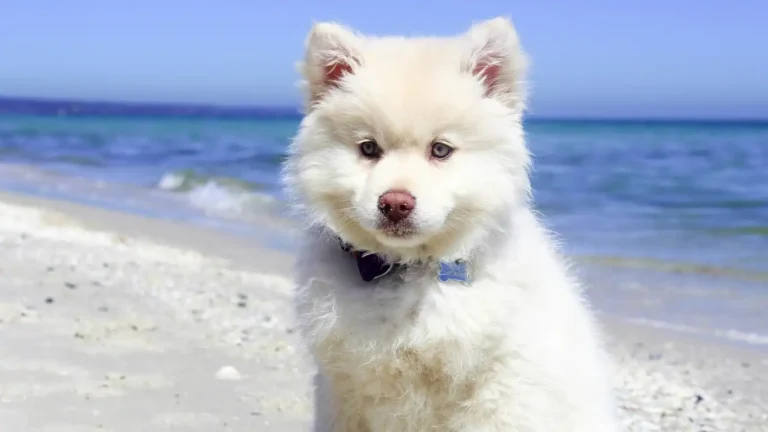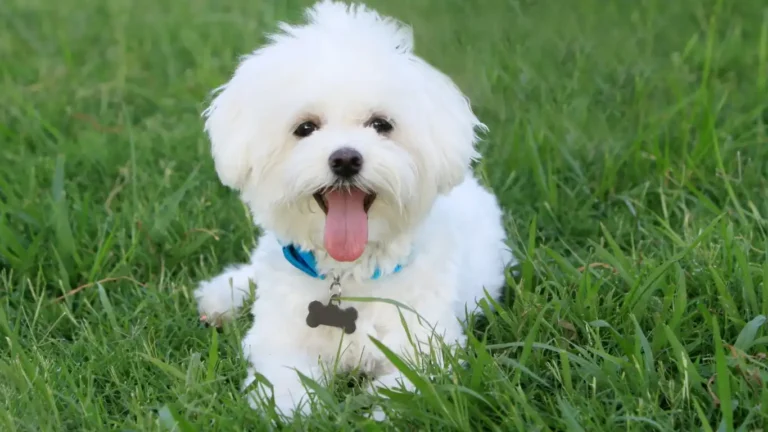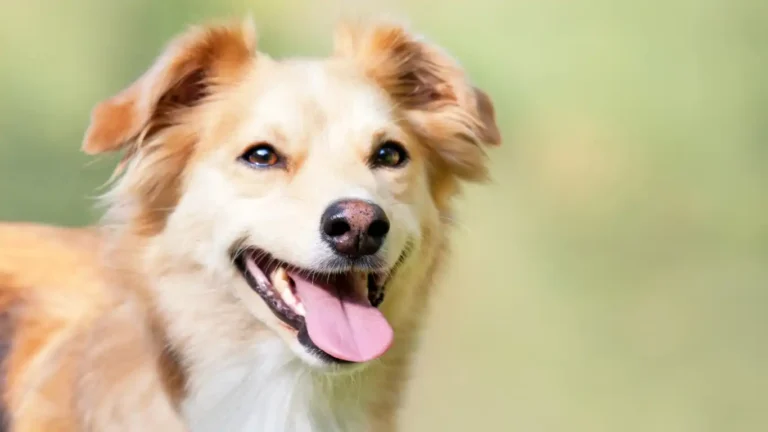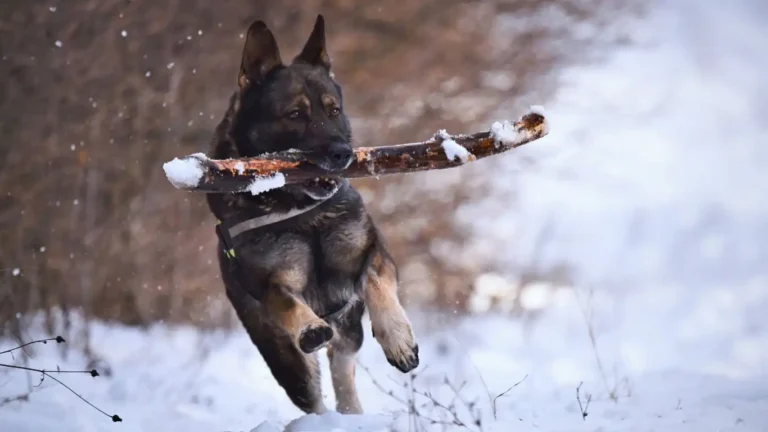How to create a dog walking checklist that avoids common mistakes
Ever taken your dog out for a walk and realized halfway through that you forgot poop bags? Or maybe your pup’s water bottle? Don’t worry—you’re not alone. We’ve all been there. Dog walking is supposed to be relaxing and fun for both you and your furry friend, but forgetting the essentials can quickly turn an enjoyable outing into a bit of a hassle.
That’s where a dog walking checklist comes in. Think of it as your go-to prep guide before heading out the door. Whether you’re walking a high-energy Labrador, a small senior chihuahua, or managing multiple pups, having a checklist can save time, reduce stress, and make sure your walk is safe, healthy, and enjoyable.
Let’s break down how to create a dog walking checklist that works for your lifestyle and your dog’s needs.
Why a Dog Walking Checklist is More Important Than You Think
A dog walking checklist isn’t just about remembering the basics. It’s about being prepared. Think of it like packing a diaper bag for a toddler—dogs can’t tell you what they need, but you’ll know when you forget something.
Walking your dog supports physical health, helps with behavior, and strengthens your bond. But to make the most out of every walk, you need to be ready for things like hot pavement, unexpected rain, or even an encounter with another (not-so-friendly) pup.
According to the American Veterinary Medical Association (AVMA), preparation and safety are key elements to a healthy dog walk. That’s why a thoughtful checklist can make all the difference.
What to Include in Your Dog Walking Checklist
-
✔️ Leash and Collar (or Harness)
Your leash is obviously essential—but don’t just grab any leash. Choose one suited for your dog’s size and behavior. A no-pull harness can help control strong pullers, while a basic collar might work for calmer dogs. Make sure ID tags are up to date. -
✔️ Poop Bags
Pick up after your pup—it’s just good manners and part of being a responsible dog owner. Plus, many cities have laws about cleaning up after dogs. Biodegradable bags are a nice eco-friendly touch. -
✔️ Water and Portable Bowl
Especially in warmer months, hydration is critical. Small, collapsible bowls are lightweight and easy to stash in a backpack or even a pocket. Dr. Sarah Wooten, a veterinarian and writer for PetMD, notes: “Dogs can overheat much faster than humans. Always bring water for longer walks.” -
✔️ Treats for Training and Reward
Bring a few high-value treats to reward good behavior or reinforce training. It’s especially helpful if your dog tends to bark or pull when seeing other dogs or squirrels. Keep them in a small pouch or pocket for easy access. -
✔️ Weather-Appropriate Gear
Raincoat for drizzly days, paw wax or booties for icy conditions, or a cooling vest in the summer. If it’s uncomfortable for you, chances are it’s worse for your pup. -
✔️ Phone and Emergency Contact Info
Always carry your phone in case of emergencies. Consider keeping your vet’s number and a local animal hospital’s info saved in your contacts or written on a card. -
✔️ Dog’s Favorite Toy
Some dogs feel more comfortable carrying or chewing their favorite toy during walks. It’s a small touch that can keep anxious pups calmer. -
✔️ First Aid Basics
You don’t need a full kit for a 30-minute stroll, but a few essentials—like antiseptic wipes or tweezers (for thorns or ticks)—can be a lifesaver, especially if you’re walking on trails. -
✔️ Training Clicker (if applicable)
For dog owners working on leash manners or recall training, a clicker is a great, consistent way to reinforce positive behavior.
Expert Tips to Get the Most Out of Every Walk
It’s not just what you bring—it’s how you walk, too.
- Start Calm: Don’t let your dog bolt out the door. Make them sit and wait. This sets the tone for a more relaxed walk.
- Stick to Routine, but Mix It Up: Dogs thrive on routine, but exploring new routes helps with mental stimulation.
- Watch the Weather: Asphalt can burn paws. A simple “five-second rule” (place your hand on the pavement—if it’s too hot for you, it’s too hot for them) works well.
- Let Them Sniff: Dogs experience the world through smell. Don’t rush the walk—it’s their version of checking emails!
Veterinary behaviorist Dr. Sophia Yin emphasized that mental stimulation is just as important as physical exercise. “Allowing your dog to sniff is not spoiling them—it’s giving them enrichment.”
Extra Tips You Might Not Have Thought Of
-
Use a Dog Walking App
Apps like Wag! or Rover not only help schedule walks but also log your dog’s activity, which is handy for tracking patterns or flagging changes in behavior. -
Keep Seasonal Allergies in Mind
Dogs can suffer from pollen and grass allergies, just like us. Wipe their paws after walks to prevent irritation or excessive licking. -
Rotate Gear
Collars and leashes wear down over time. Check monthly for fraying or rusted clips. -
Track Poop (Yes, Really!)
Noticing changes in your dog’s stool during walks can give early warnings of health issues. There are even journals and apps just for this—seriously.
Disclaimer: These tips are intended for general informational purposes only. For health or behavioral concerns, always consult your veterinarian.
Final Thoughts: Personalize Your Walk
No two dogs are the same. Your checklist might be shorter or longer depending on your lifestyle, breed, or walking location. What matters most is being intentional and prepared.
At the end of the day, your walk is more than just a potty break. It’s a chance to bond, train, relax, and explore. With a simple, personalized checklist, you can make every walk a smooth, enjoyable adventure for both of you.
So next time you grab the leash, take a moment to run through your list—you’ll be glad you did.






